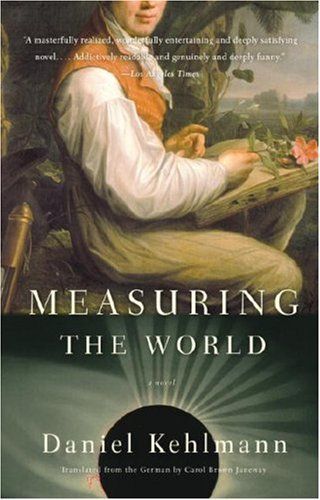
Measuring the World
At the end of the eighteenth century, two young Germans set out to measure the world, as Prussian aristocrat Alexander von Humboldt embarks on an odyssey to some of the most remote, unexplored regions on the planet, and astronomer-mathematician Carl Friedrich Gauss uses his mathematical skills to solve some of the greatest puzzles of his age. Reprint.
Reviews
Sarah Sammis@pussreboots
Liz Dollmeyer@edollmeyer